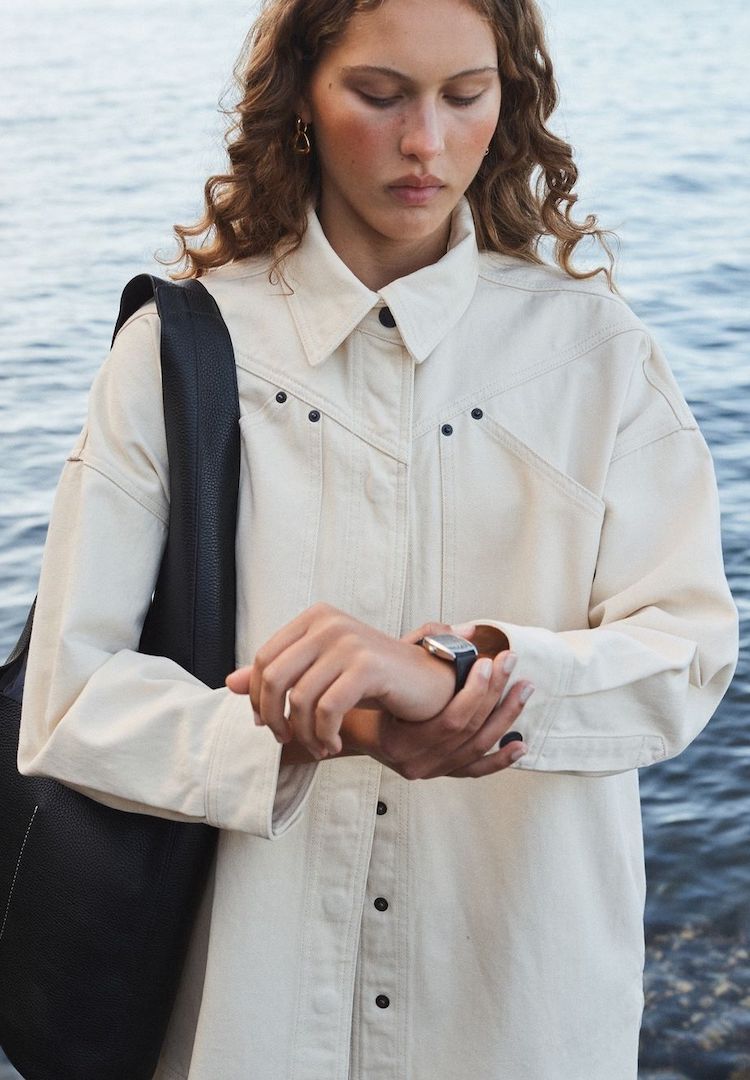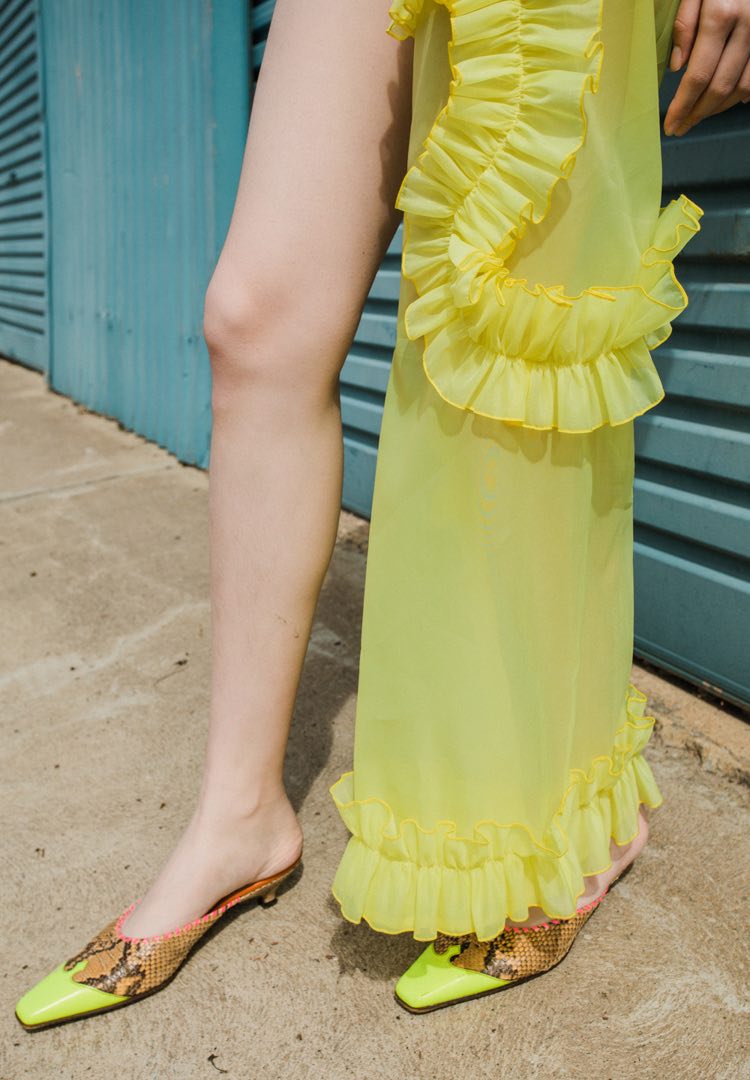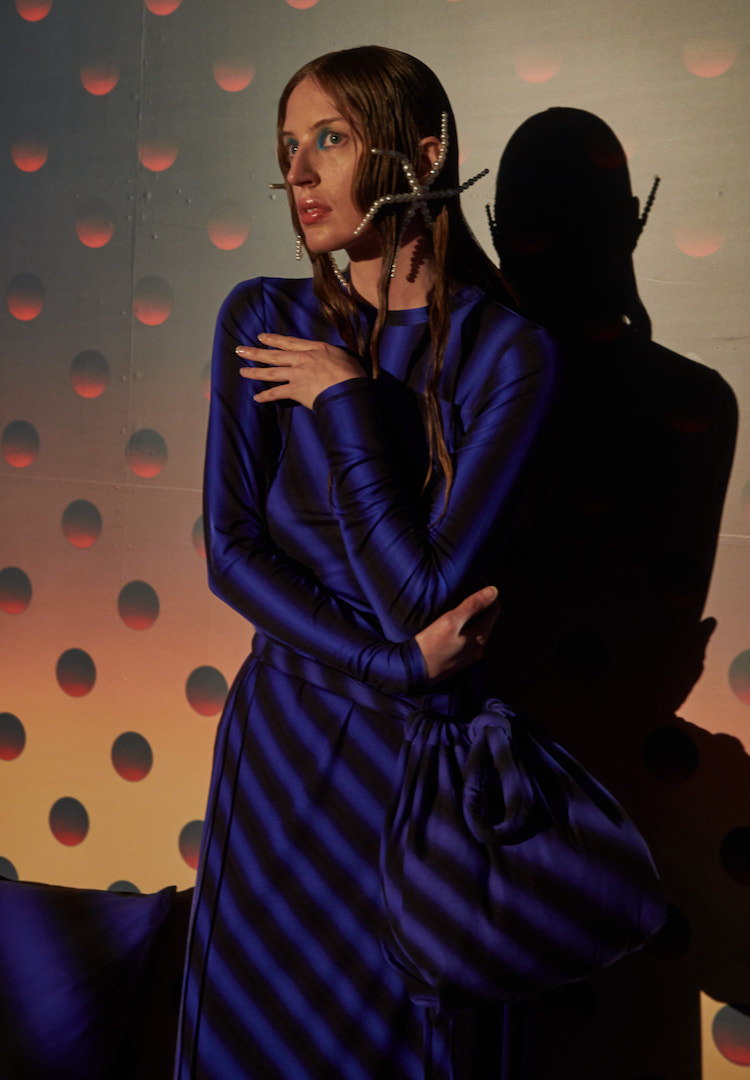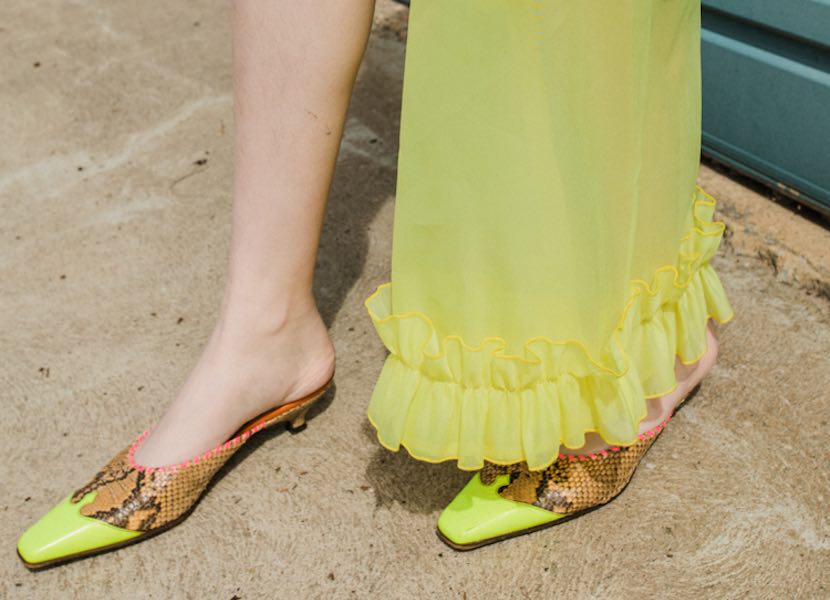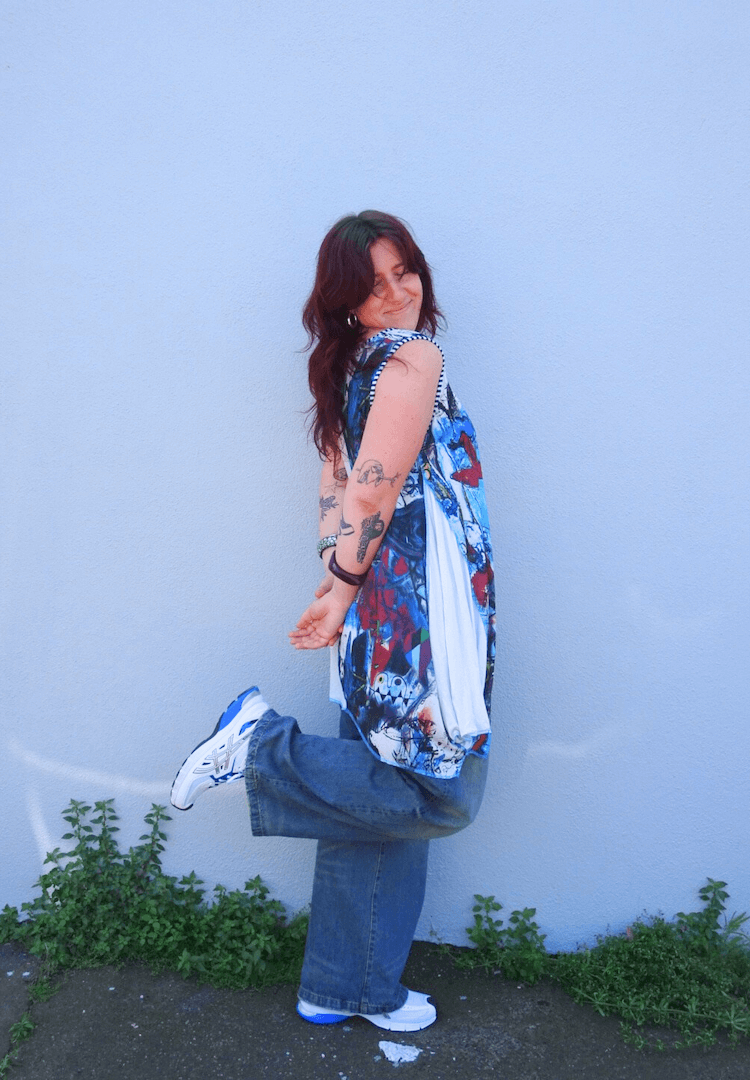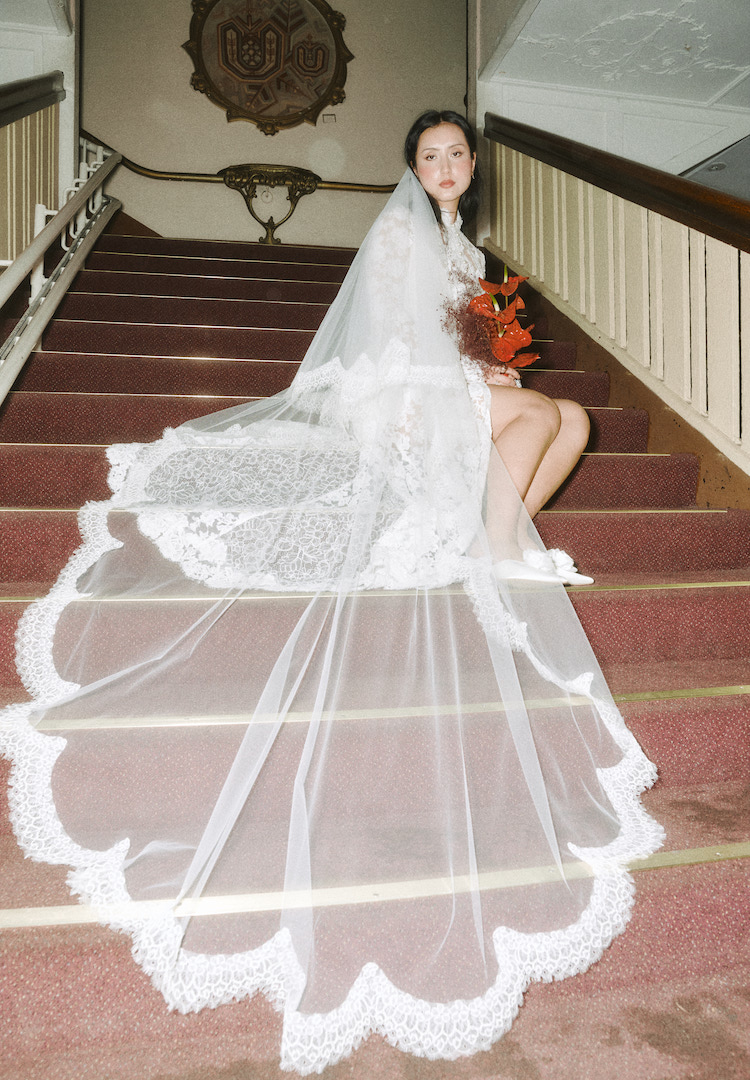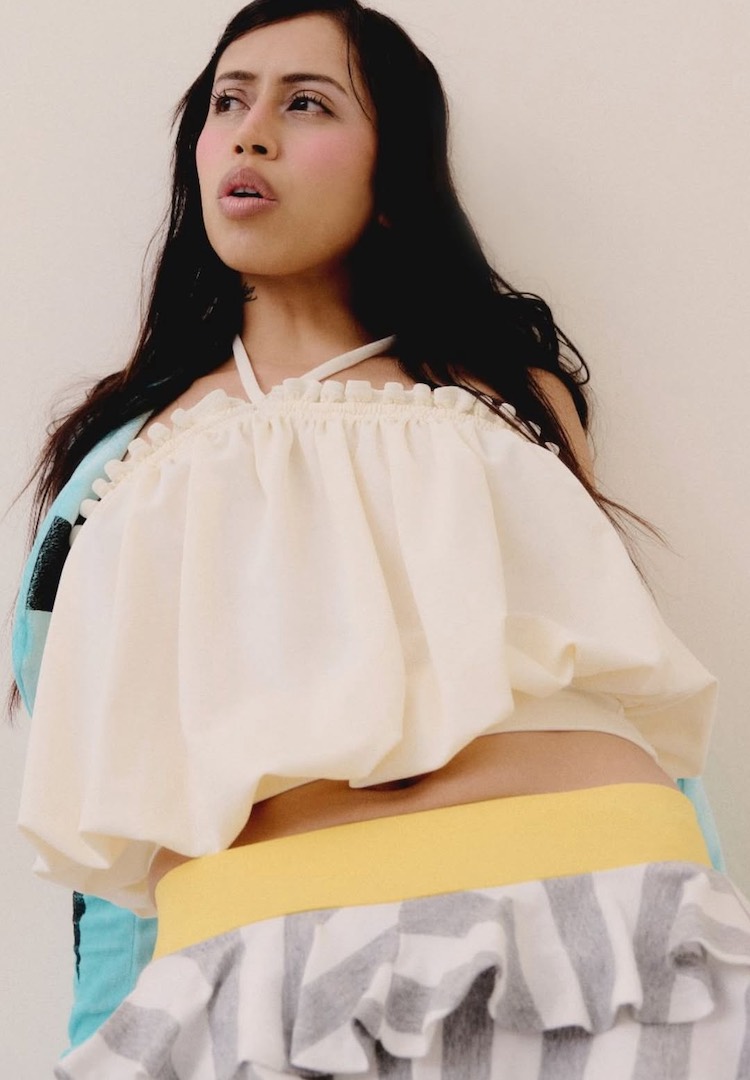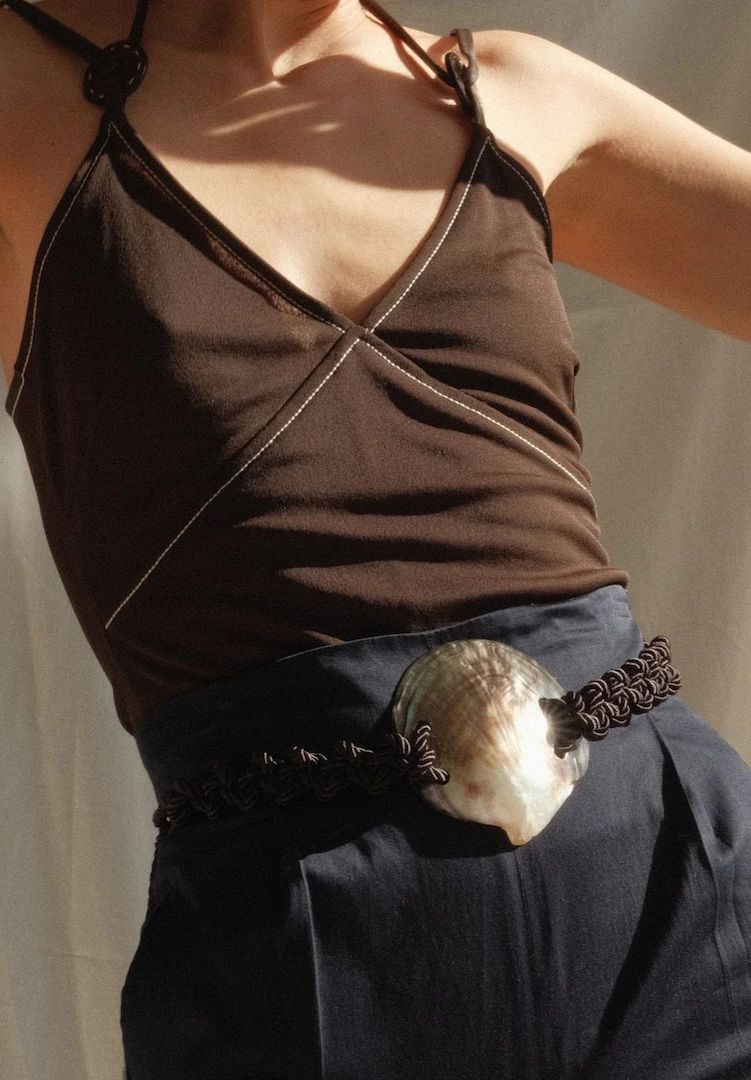What does a stylist actually do?
PHOTOGRAPHY BY CLAUDIA FISCHER
Words by Kate Streader
We asked a stylist to walk us through a day in her shoes.
Some jobs sound simply too good to be true – especially in the fashion industry. But like anything, even those aspirational occupations involve a lot of hard work and behind-the-scenes duties to make all the fun parts come together neatly.
When Melbourne-based stylist Holly Karas started toying with the idea of working in fashion, becoming a stylist wasn’t even on her radar – “I’m not sure I even knew styling was a job,” she says.
For more fashion news, shoots, articles and features, head to our Fashion section.
She knew she wanted to work in fashion and, after doing some research on career options within the industry, landed on styling. Soon, with a Diploma of Fashion Styling under her belt, Holly started assisting other stylists. Fast forward a few years and she’s in the thick of another Melbourne Fashion Week (M/FW), with barely enough time to talk about what she does for a living.
Thankfully for us though, she took a breather from her busy M/FW schedule to walk us through what a stylist actually does – including the not-so-glamorous parts of the job – and give us a glimpse into life as a freelance stylist.
How did you become a stylist and what drew you to it?
View this post on Instagram
It’s extremely cliche, but I was in Paris after dropping out of my media communications degree and had sort of a eureka moment of realising that everything I’ve been interested in or passionate about my whole life had been somehow related to fashion. I knew I didn’t quite have the right skills or interest to be a designer, and honestly, until then, I’m not sure I even knew styling was a job. After doing some research I applied for a Diploma of Fashion Styling at RMIT and studied for a year, then started getting assisting work through stylists we were introduced to at uni.
What exactly does a stylist do?
Stylists curate outfits, more or less. From concept and mood boarding, then sourcing garments – which often includes contacting designers or spending several hours in a shopping centre – fittings with talent, shooting the project and then, more often than not, returns. In between those steps are more tedious but necessary tasks like inventory or keeping track of receipts and budgets.
What does a typical workday look like for you?
View this post on Instagram
Working freelance there almost isn’t a typical workday! I would say, though, on a shoot day I would wake up early, catch up on any emails or bookkeeping, go to set – whether it be on location or in studio – then shoot for eight to ten hours. I usually try to do some work when I get home as well, but more often than not I will be absolutely wiped.
What’s your favourite part of your job?
I would have to say how many incredibly creative people I get to meet and work with every day, and the variety that freelance work provides. No two days are the same.
Are there any not-so-glamorous aspects of being a stylist?
I think a lot of aspects are not so glamorous! Carrying heavy garment bags, spending the day driving all over town to pick up pieces for a shoot, cleaning shoes after a runway, or the infamous ‘sniff test’, which involves smelling a worn garment to determine whether it needs to be dry cleaned after a shoot or runway – people often think I’m joking when I mention it.
Can you tell me about any career highlights you’ve had?
View this post on Instagram
I would say working with Stuart Walford on the David Jones spring/summer launch runways in Sydney was a massive highlight for me. It was great to work with so many Australian and international designers all in the one show, and Stuart is unmatched in his ability to curate an incredible runway, I always learn so much working with him.
What advice would you give to someone wanting to become a stylist?
My advice would be to assist as many different stylists as possible to build your experience. Realistically, you may need to do some unpaid work initially when you’re starting, but be smart about it and know your worth.
And what about potential clients? Is there anything they need to know before approaching a stylist?
I think to have a clear brief in mind before engaging a stylist. A lot of time can be wasted guessing what a client wants because they haven’t communicated either their vision or even budget ahead of time. Open communication is key to a happy client and stylist.
For more advice on becoming a stylist, head here.

